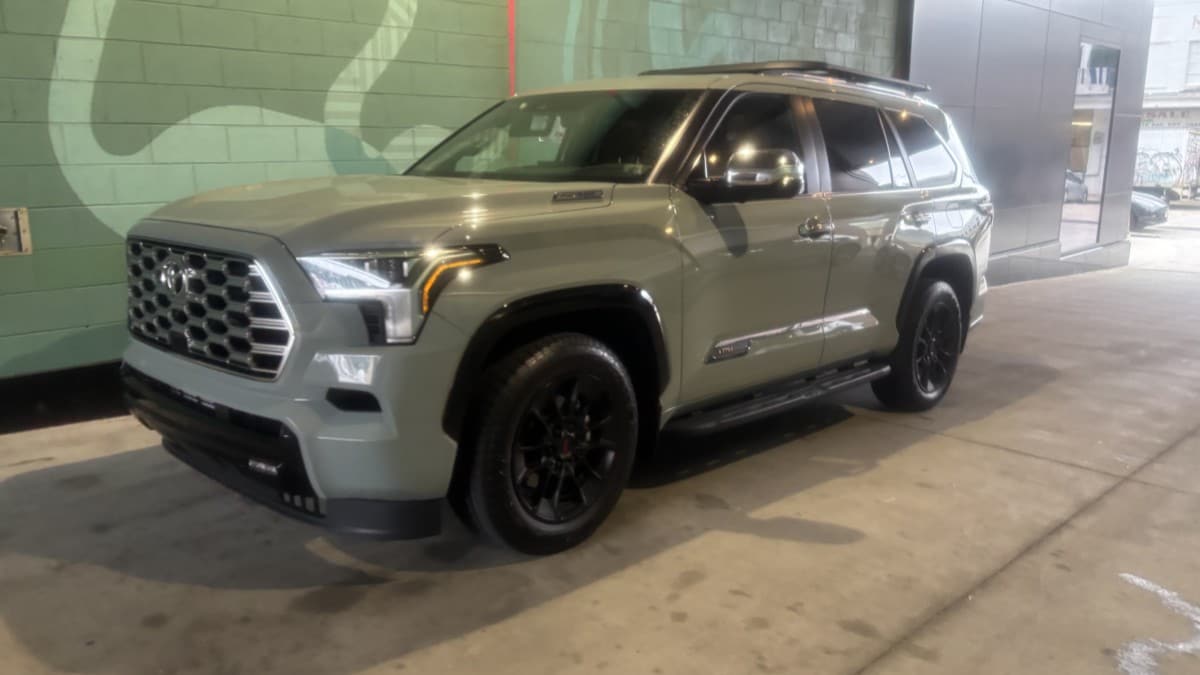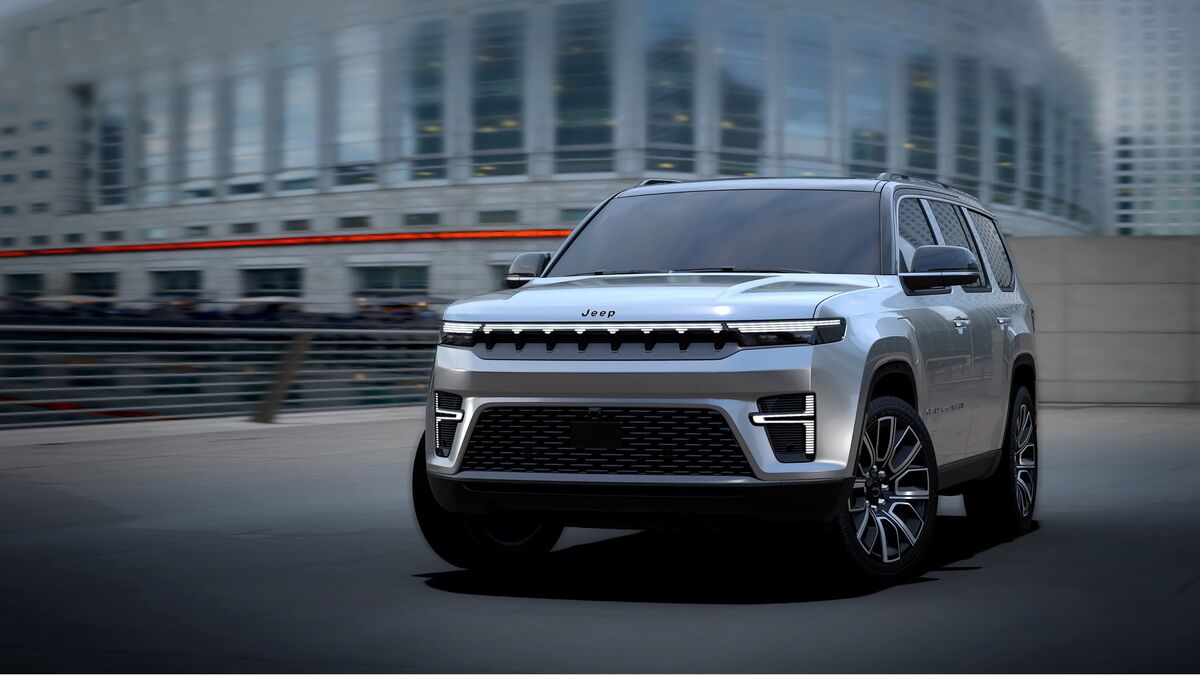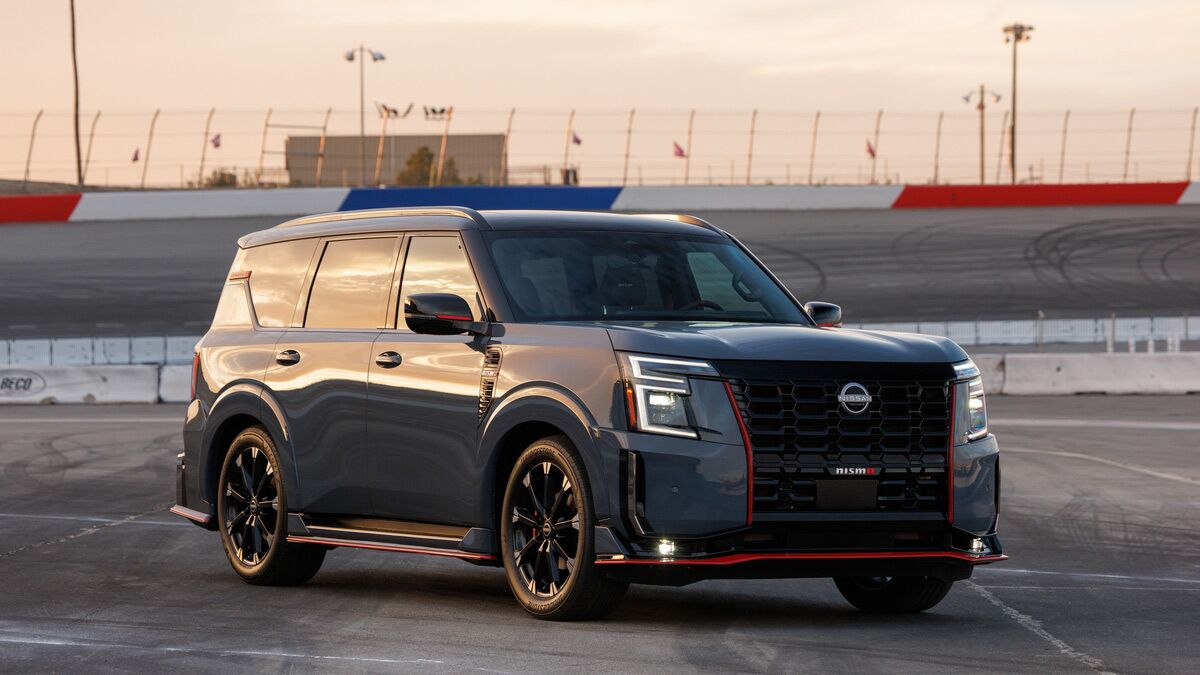Toyota, the world’s largest automaker, sells Americans more than 80,000 SUVs in most months. Barely 3% of them are its top-of-the-line Sequoia.
I don’t think that’s a sign that there’s something wrong with Toyota’s biggest vehicle. Some great cars are rare on the road.
But it’s a curiosity. Why did Americans buy more than 32,000 full-size SUVs from General Motors in April, and barely 2,600 from Toyota, perhaps the automaker with the best reputation for reliability and resale value?
A week in the Sequoia didn’t perfectly answer the question, but provided some insight. Toyota takes a very different approach to building a full-size SUV than domestic automakers do. The result is a vehicle with a different set of virtues than most of its competition, and limitations that may bother some shoppers.
It will be a solid choice for some buyers, and probably deserves more attention than it gets. However, it’s doing something different than most of its competition.
My tester was the upscale 1794 edition in a lovely soft green Toyota called “Lunar Rock.” It included the TRD Off-Road Package, which added $2,135 to the sticker for all-terrain tires, an off-road-tuned suspension, a locking rear differential, skid plates, and other off-road gear. That’s a relative bargain for so much capability. With a few other options, the total came to $87,025, including $1,945 for delivery.
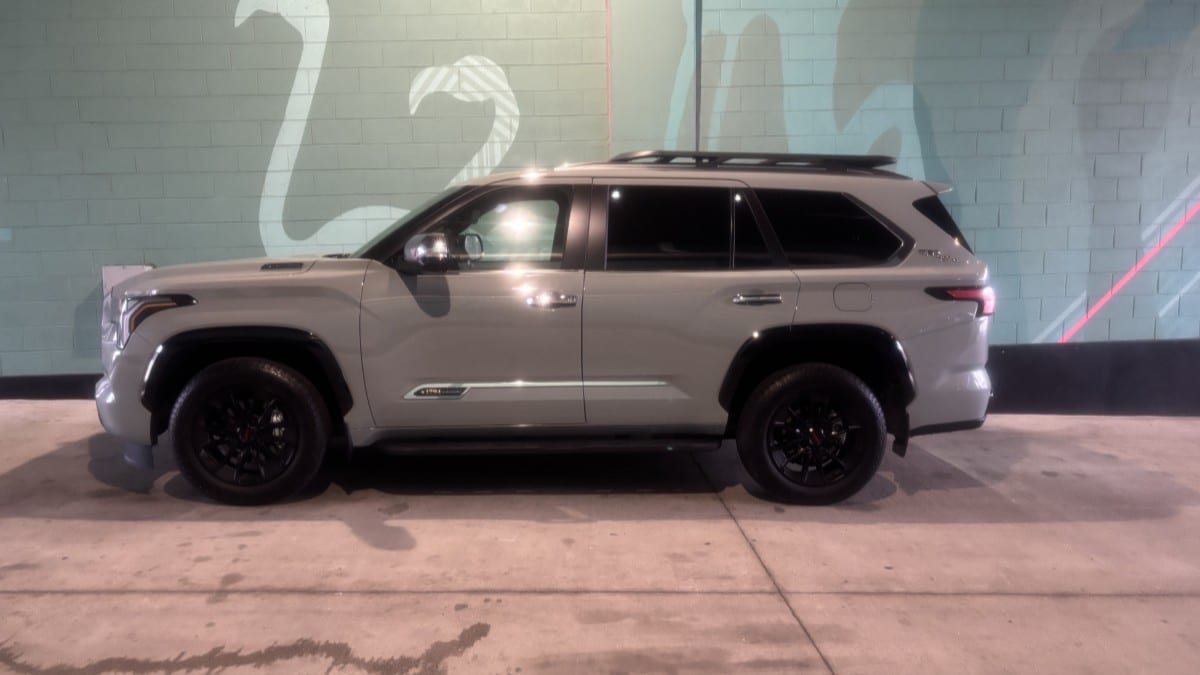
Featherweight Steering and Hybrid Power
The best thing about the Sequoia is its fuel-efficient powertrain.
All of GM’s big SUVs — the Chevrolet Tahoe and Suburban, GMC Yukon and Yukon XL, and Cadillac Escalade and Escalade ESV — use big V8s even in their base models. Toyota counters with a twin-turbo V6 mated to a hybrid system. It’s a good counter.
Toyota isn’t alone in cutting two cylinders. Ford uses a turbo V6 in its Expedition. Jeep builds its Wagoneer with a turbocharged inline 6-cylinder mill and its larger Grand Wagoneer with a more powerful I-6.
But Toyota has the lone hybrid of the group. It gets the Sequioa all the way to 22 mpg in combined driving — the best fuel economy in the group (unless you get a GM diesel). And you won’t notice a lack of power. With 437 horsepower, the Sequoia closes holes in traffic without much effort.
The complexity of the powertrain is a little amusing. A pair of displays in the instrument cluster shows you how much turbo and hybrid power you’re using at any given time. They’re labeled “i-Force gauge” and “Max gauge.” They convey utterly useless information you can’t do anything about, in aggressively named terms as if you’re flying a starship. No one needs this.
But the Sequoia does a convincing imitation of a V8-equipped SUV and costs you less at the pump.
Its steering is stunningly light for such a big boy. I found it almost too light. Something this big shouldn’t make snap direction changes in its lane. You’d get used to it, but I wanted Toyota to make this heavy guy feel a little, well, heavier.
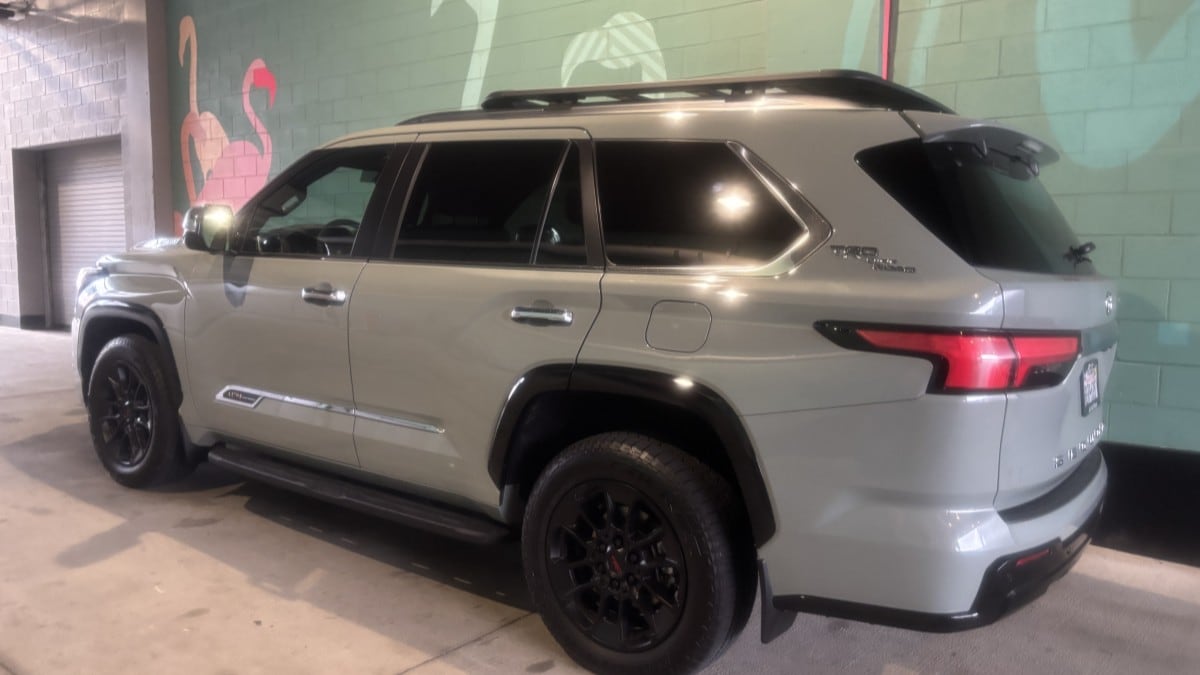
Off-Road Gear in a Car That’s Probably Rarely off the Pavement
Springing for the TRD Off-Road Package gets you everything you’d need to take your Sequoia well off the pavement. Upgraded Fox dampers, real skid plates, and a locking differential mean this is no appearance package. Hill descent control, Crawl Control are there, too.
To Toyota’s credit, they’ll sell you this package on every trim level. I question its presence more on the fancied-up 1794 edition than on base models that might spend more time in the mud.
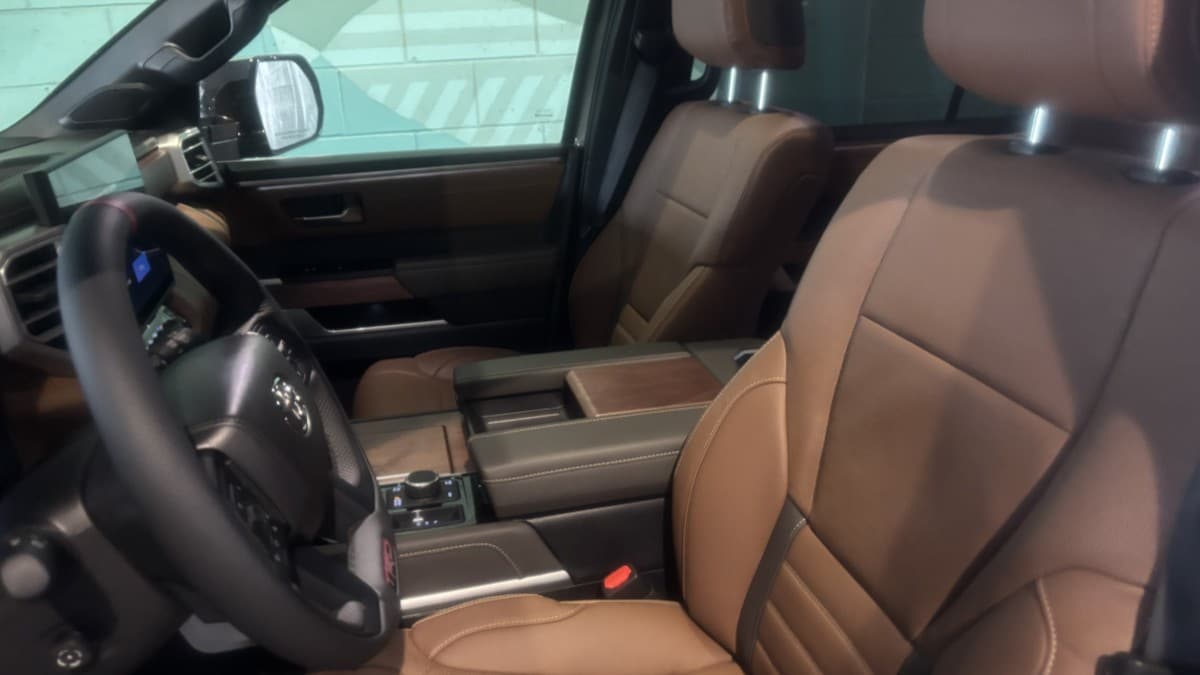
Lexus-Like Luxury, Lexus-Like Price
This one is too nice for mud.
The Sequoia 1794 edition is named in honor of the original Toyota Sequoia George Washington drove to put down the Whiskey Rebellion.
No, it honors the founding year of the ranch in Texas that Toyota bought and converted into the factory where it builds the Sequoia and its Tundra pickup cousin. But it will put whiskey on your mind.
Whiskey, walnut, and leather are the ethos of the 1794’s interior design. Before I got into it, I wanted that to feel silly in a Toyota. Once I actually climbed into it, I realized I like whiskey. So much leather and wood make for a lovely cabin, even if the cowboy character feels out of place in a 2025 hybrid.
“Out of place” is a thought you might have more than once in the Sequoia. Luxury features like firm massaging seats, a 14-speaker, subwoofer-equipped sound system, and two sport modes would seem more at home in a Lexus. So would a price pushing $90,000.
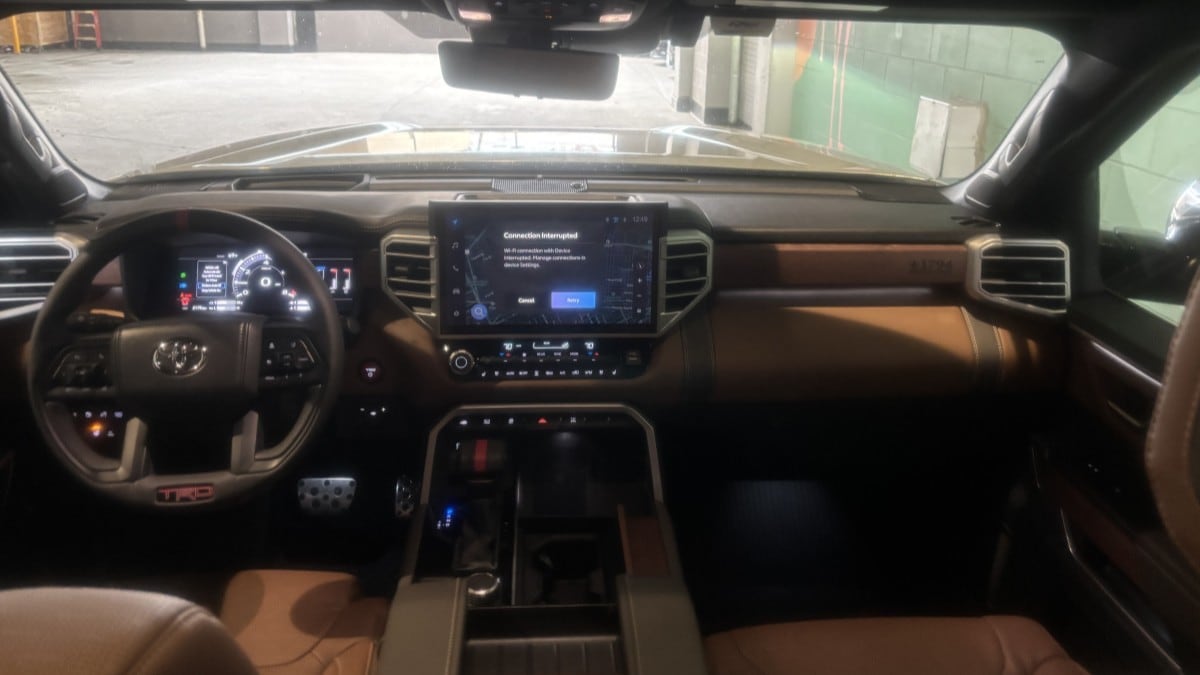
Comically Small Cargo Area
The worst thing about the Sequoia is its cargo space problem.
Second-row passengers can expect a lot of comfort. They get their own AC controls, and with the available captain’s chairs, reclining seatbacks.
But third-row passengers get just 33.7 inches of legroom. That’s one of the segment’s smallest measurements.
But the smallest measurement in Toyota’s biggest car comes behind the final row of seats. The third row seats slide. But if you set them to maximize legroom, you get just 11.5 cubic feet of space behind them.
That’s less than half what a Tahoe offers (25.5). Incredibly, it’s less than you’d find in the back of a subcompact Toyota Corolla Cross (17.1). Toyota builds in a fold-down shelf to help you make more of it, but it’s hard to make much of it. A seasoned colleague, on seeing the space, audibly scoffed.
Folding the rear seats down helps. But if you’re going to do that often, you might not be looking for a full-size model.
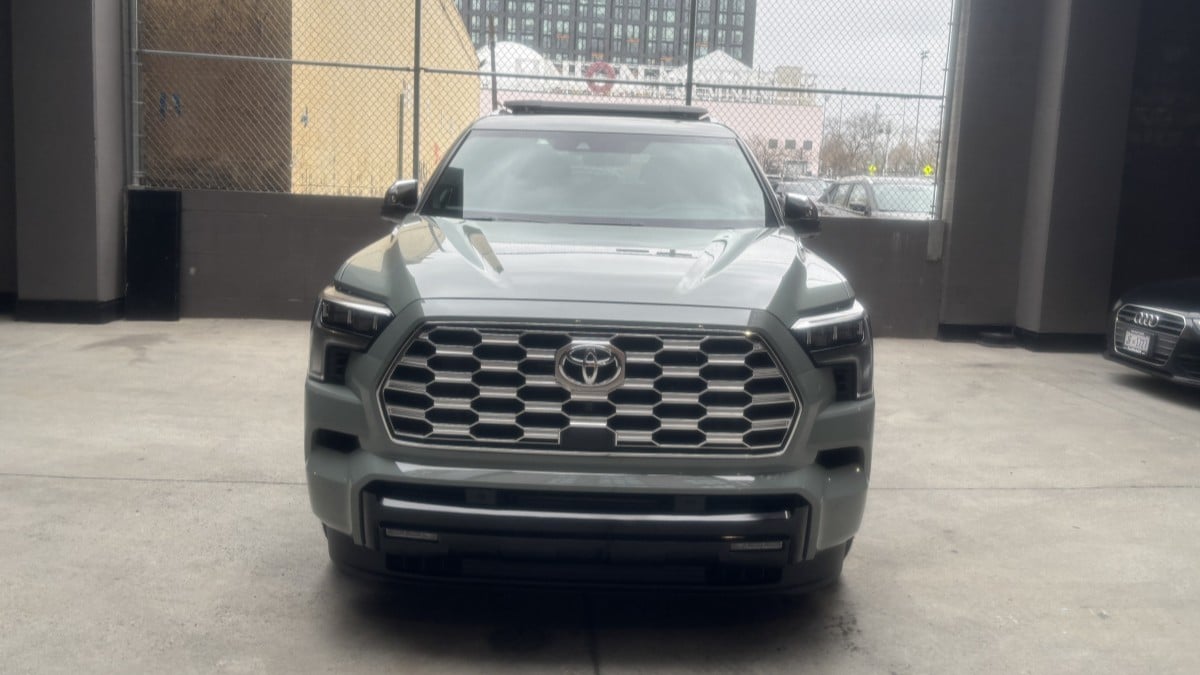
Not Doing What Other Full-Size SUVs Are Doing
Put it all together, and you have a fuel-efficient, comfortable, near-luxury SUV with limited cargo space if you use the rear seats often. That’s not what Tahoe buyers are after.
It might be what your family is after. Toyota resale value and decent fuel economy are rarities in this class. But know what you’re getting into. If you want a towing and hauling champion, that’s not what Toyota has built.
